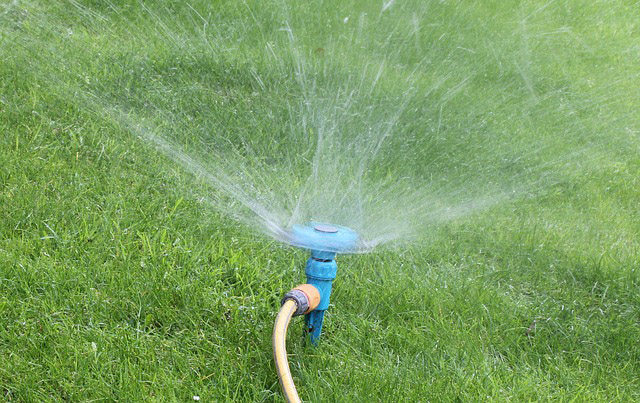
November Gardening Tips
November gardening tips for the Southwest. November is still a good time to plant. You can plant trees, shrubs, flowers, and much more. For color, you can’t go wrong with pansies if planted now you can have beautiful flowers and color until late April. You can plant directly into the ground or in just about any container as long as it has good drainage.
Use good quality potting soil with additional amounts of perlite to help loosen and add tiny air pockets and help roots to “breathe”. Plant them in an area that receives plenty of sunlight. Feed with an “all-purpose fertilizer such as Peters Professional, or Gro More water-soluble mix. Remove spent blossoms regularly to encourage new blooms. You can also add stock, dianthus, and snapdragons to this list as well.
This is also a great time to over-seed your Bermuda grass lawn. You may use annual rye or perennial rye. Annual rye will stay green throughout the winter months and begin to die off in the summer heat. You will have to repeat this process again in the fall. Perennial rye in Bermuda will co-exist throughout the season. You may have patchy areas of green and dormant grass the following fall season depending on the amount of water and shade your lawn receives.

Watering this time of the year will be needed much less than in October. Bermuda lawns should be watered about every 10-15 days, depending on the actual temperature. You need to water at least twice per month after your lawn goes dormant.
If you have cool-season grass such as fescue, rye, or Bluegrass you need to water every 7 to 10 days, through the winter months. Remember to fertilize your cool-season grass if you want it to stay green! You can apply 16-8-8 fertilizer during this time of the year, just be sure that it has been more than 6-8 weeks since you last fertilized.
Some pruning may be done at this time of the year depending on what type of tree or shrub you may have. A good rule of thumb is to have a “reason” for cutting. Is the plant overgrown, diseased, insect-infested, etc…
Do NOT prune heavily at this time of the year, generally, the majority of pruning should be done in January before mid-February for most plants.
Use leaves for organic matter

When the leaves fall off your trees and shrubs most folks will rake them up and throw them away or take them to the dump station. You can actually use leaves to compost your garden bed or add them to your compost pile.
Leaves provide nitrogen for your plants plus they help enrich your soil with carbon and help feed earthworms.
Save your leaves for spring. Put them into plastic bags and save them for early spring for mulching your vegetable or flowering beds.
Add leaves to your tender perennials or newly planted plants as this will help with freezing temperatures. So, don’t throw away your leaves, recycle them in your own garden.


